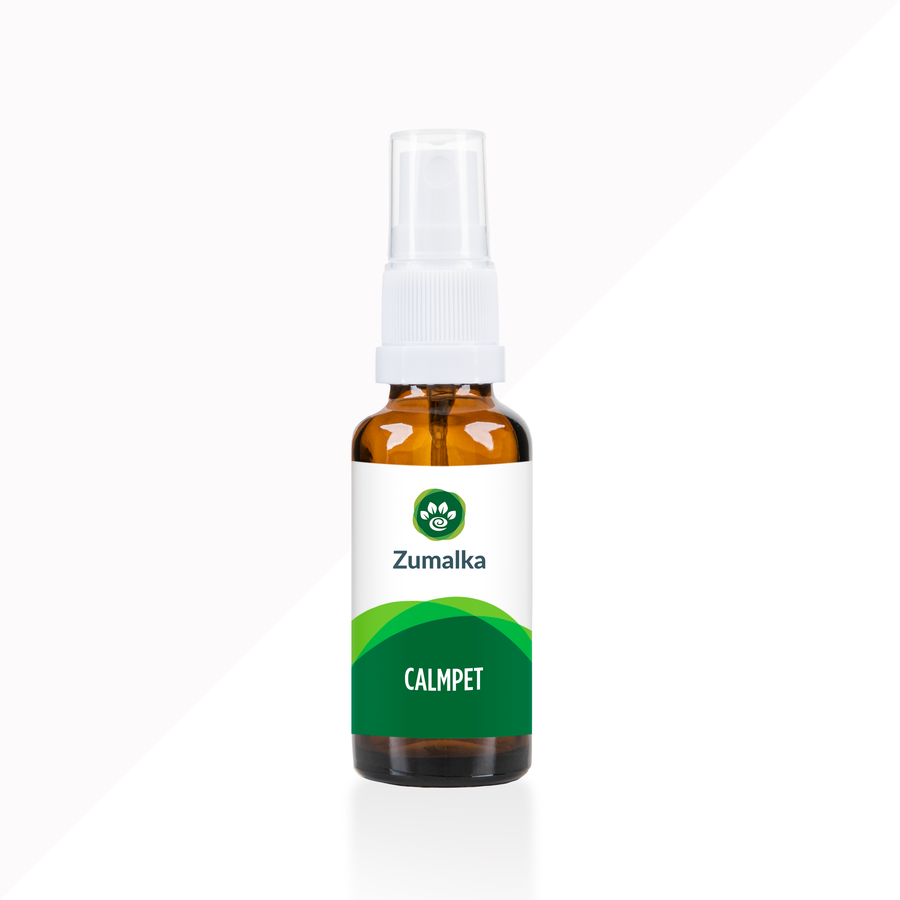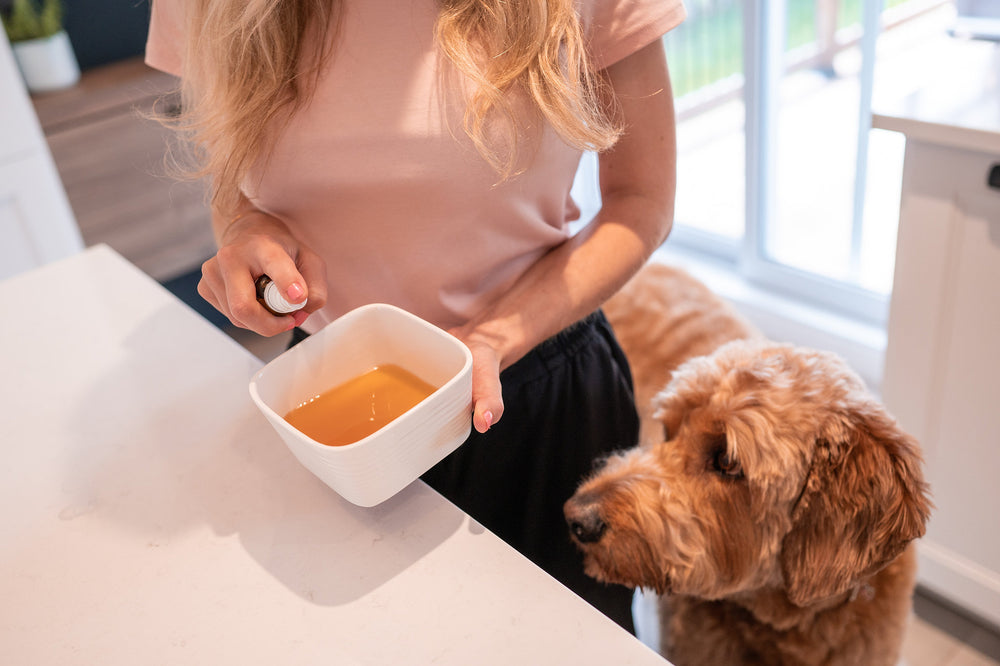How to Move With a Cat: Vet-Backed Do’s, Don’ts & Safety Tips
List of Contents
Moving is one of life’s most disruptive and stressful events, for both people and their pets. Cats, in particular, are sensitive to changes in environment and routine, making the process especially challenging. Understanding your cat’s perspective can help reduce stress and ensure a smoother, safer transition for both you and your pet.
Cats are creatures of habit, relying on routine and familiar spaces to feel safe. A sudden change in environment, such as moving, can cause significant stress. This disruption may lead to anxiety, behavioral issues, or escape attempts.
A successful move with your cat begins with proactive planning and consistent routines. Prioritizing your cat’s safety and comfort can significantly reduce stress during the transition. This guide covers essential tips to help you move with your cat smoothly and confidently.
Before the Move: Essential Preparation Do’s for Moving With a Cat

Early preparation is key to helping your cat adjust to the move with minimal stress. The following proven strategies will lay the foundation for a smooth and secure transition. Be sure to keep them in mind:
Do: Prioritize routine and familiarity
- Maintaining your cat’s routine, including feeding, playtime, cuddles, and bedtime, provides a sense of stability during the chaos of moving. Consistency helps reduce anxiety and keeps your cat feeling safe and secure.
- Keep your cat’s environment as familiar as possible by leaving furniture, cat trees, and towers in place until the day of the move. Preserving their usual lounging spots helps reduce stress and maintain a sense of security.
- Keep your cat’s litter box in its usual location for as long as possible during the moving process. Maintaining this consistency supports their routine and helps prevent stress-related accidents.
Do: Secure health and identification
- Consider calming remedies, including prescription medications if needed for long-distance moves or anxious cats. You can also explore natural remedies, such as TONICPET #6 or CALMPET, to help support a calm and relaxed state. Always test any approach well in advance, and consider consulting a certified pet homeopath for additional guidance.
- Make sure your cat wears a secure ID tag and is microchipped before the move. Update your contact details and new address immediately to increase the chances of a safe return if your cat escapes.
Do: Introduce the carrier and safe zone early
- Begin carrier training weeks in advance to help your cat feel comfortable and secure. Use treats, toys, or familiar blankets inside the carrier to create positive associations and reduce travel anxiety.
- Set up a quiet, secure room, such as a spare bedroom or bathroom, as your cat’s designated haven during the move. Equip it with their essentials, including food, water, a litter box, and a cozy bed to help them feel calm and protected.
-
Feline pheromone diffusers or sprays can help create a calming environment in your cat’s designated safe room. For maximum effectiveness, set them up at least 24 hours before the moving activity begins.
Don’t: Introduce new smells or pack comfort
- Avoid introducing new scents or washing your cat’s favorite blankets, beds, or towels before the move. These familiar items carry comforting scents that help reduce anxiety during the transition. Preserving their smell can make your cat feel more secure in an unfamiliar environment.
- Don’t pack your cat’s essential supplies, such as food, litter, medications, and cleaning items, until the last possible moment. Keeping these items accessible ensures your cat’s routine stays consistent and reduces last-minute stress for both of you.
On Moving Day: Do’s and Don’ts for Stress-Free Transport With a Cat

Moving day can be overwhelming, especially for cats who thrive on routine and familiarity. Follow these key dos and don’ts to keep your cat safe, calm, and comfortable during transport:
Do: Confinement and security
- Before movers arrive, safely secure your cat in their designated quiet room to prevent stress and escape. Keep the door closed and clearly marked with a sign like “Cat Inside! Do Not Open.” For extra safety, consider locking the door to avoid accidental entry during the chaos of moving day.
- Create a calming environment in your cat’s safe room to help reduce anxiety on moving day. Dim the lights, use feline pheromone sprays, and play soft classical music to mask loud noises. These small adjustments can make a big difference in keeping your cat relaxed and comfortable.
- When it’s time to go, transport your cat in a secure, well-ventilated carrier to ensure safety and comfort. Covering the carrier on three sides with a light blanket can help reduce visual stress and create a sense of security. Avoid opening the carrier until you’re safely inside your new home.
Do: Alternative strategies for high-stress cats
- To keep your cat safe and stress-free during a move, place them in a quiet room away from the activity. Make sure they have their toys, food, water, bed, and litter box until the movers are gone. Giving your cat calming remedies is also an option.
Don't: Compromise safety or scent cues
- Never open your cat’s carrier mid-journey, even to comfort them, as it increases the risk of escape in unfamiliar surroundings. Also, avoid fully cleaning the litter box before the move. Leaving a small amount behind provides a familiar scent that helps your cat adjust more easily to the new environment.
Settling Into the New Home: Cat Post-Move Do’s and Don’ts

The first few days in a new home are critical for helping your cat feel safe and secure. Follow these post-move do’s and don’ts to ease their transition and reduce stress:
Do: Immediate setup and scent marking
- Before letting your cat out of the carrier, take a few minutes to cat-proof their designated safe space. Secure doors and windows, hide cords, and remove hazards to ensure a safe and stress-free introduction to their new environment.
- Set up a designated safe room right away with your cat’s essentials, litter box, food, bed, and toys. This familiar setup provides comfort and helps your cat adjust gradually to their new environment.
- Help your cat feel at home by spreading their familiar scent around the new space. Rub blankets or bedding on furniture at nose level and continue using pheromone diffusers to ease the transition.
Do: Gradual exploration and patience
- Once your cat is comfortable in their safe room, begin introducing the rest of the home gradually. Allow them to explore one room at a time at their own pace to build confidence and reduce stress.
- Help your cat form positive associations with their new environment through treats, play, and extra affection. These comforting interactions can ease anxiety and reinforce a sense of safety in the new space.
- Keep a close eye on your cat’s eating, drinking, and litter box habits during the first few days. If they refuse food, water, or the litter box for more than 24 hours, contact your veterinarian promptly.
Don't: Undermine the transition
- Be patient with your cat as they adjust to their new environment. Accidents may happen, and punishment will only increase their stress. Avoid moving the litter box to its permanent spot too soon. Once your cat is settled, shift it gradually, about a foot per day, to help them adapt without confusion.
- Before steam cleaning any areas with previous pet stains, always use an enzymatic cleaner to fully neutralize the odor. Steaming too soon can lock in the scent, increasing the risk of repeat accidents in the same spot.
Do: Secure outdoor cats
- Keep outdoor cats strictly indoors for at least two weeks after the move, ideally three. This adjustment period helps them bond with their new territory and prevents them from trying to return to their previous home. A gradual reintroduction to the outdoors can reduce the risk of confusion or escape.
- When it’s time to let your cat outside again, begin with short, supervised outings. Schedule these just before mealtime to encourage a prompt return. Gradual, positive experiences will help them safely adjust to their new outdoor surroundings.
Do: Support a stress-free move with CALMPET for your cat
With so many calming products on the market, choosing the right one for your cat can feel overwhelming. If you’re still searching for a safe, effective option, Zumalka’s CALMPET is worth considering. This natural remedy is designed to support calm behavior and reduce stress during major transitions like moving.
Finding ways to ease your cat’s anxiety during big changes like moving can be challenging, especially when routines and surroundings are disrupted. A gentle, natural option like CALMPET may help support emotional balance without harsh chemicals or sedation.
Formulated by experts in homeopathic pet care, CALMPET is designed to help promote calm behavior in stressful situations. Whether it’s travel, environmental changes, or everyday stress, it offers a simple way to help your cat feel more at ease.
The Bottomline
Moving with a cat takes thoughtful preparation, patience, and a strong focus on safety. By maintaining familiar routines, updating ID info, and using calming tools like pheromones, you can ease your cat’s stress. Creating a secure, scent-marked safe zone helps your feline feel grounded and confident in their new home.
Settling into a new home can take time, but patience and consistency go a long way. Gradually introducing your cat to their new surroundings while offering positive reinforcement helps build trust and comfort. With the right approach, your cat will feel safe, secure, and at home before you know it.
FAQs
Why is moving so stressful for cats?
Cats are territorial animals that are highly sensitive to change and unpredictability. Moving disrupts their routine, removes familiar scent markers, and overwhelms them with unfamiliar sights and sounds, triggering stress, fear, or aggression.
How long should I keep my cat confined in the new house?
Initially, confine your cat to a single, quiet, safe room until they are eating, drinking, and seem calm. The settling period varies, taking hours, days, or sometimes weeks, depending on the individual cat’s personality. You should then gradually expand their access to adjoining rooms at their own pace.
Should I consider calming supplements or anxiety medication for the move?
Consulting a veterinarian about natural calming supplements or prescription anxiety medications is a smart step, especially for highly anxious cats or long-distance moves. Be sure to test any medication in advance to monitor your cat’s response and adjust the dosage if needed. You may also find additional support by speaking with a certified pet homeopath.
What is the single most important safety measure for my cat during a move?
Making sure your cat is microchipped and promptly updating the contact details with your new address and phone number is one of the most important safety steps. Anxious cats may try to flee, and up-to-date information greatly increases the chances of a safe return.
What is a "safe zone" or "home base," and what should it contain?
A safe zone is a quiet, small room (like a spare bedroom or bathroom) used for secure confinement during the chaos and decompression in the new home. It must contain all essential items: the litter box, food, water, favorite bed, toys, and items with their familiar scent.
Is it better to fly or drive cross-country with a cat?
The best option depends on the individual cat. Flying is faster, minimizing the duration of stress, but it is louder and involves security checks. Driving is quieter and gives you more control over the environment and breaks, which can be easier for senior or very stressed cats. Consult your veterinarian or pet homeopathy professional if you are unsure.
What if my cat won't eat, drink, or use the litter box in the new home?
This behavior often signals high stress. Ensure their safe room is set up and maintain their routine. If your cat refuses to eat, drink, or eliminate after 24 hours, contact your veterinarian.
How should I clean old pet stains in the new home?
If you suspect there are old pet stains from previous residents, use an enzymatic or bio-based cleaner to neutralize the odor first. Do not steam clean first, as the steam can permanently set the stain and odor, encouraging your cat to eliminate inappropriately in that same spot.








Moving house with your cats can be a smooth experience with the right preparation! Ensure a stress-free transition by creating a familiar environment for them, using secure carriers, and maintaining their routine to help them adjust to their new home.
When moving yourself. First have a friend or family member take your cat into their home in a quiet location. A large bathroom, laundry room, a area that can be blocked off from the commotion of the rest of their home and/or pets. Do not try to move out boxes or furniture while your cat is still in your home. While packing to move, pack up the room where the cat’s litter box is last
After you have moved into the house, go get your pet from the cat sitters home. Move the cat into a smaller room with it’s litter box so while you are unpacking and making room for your cat’s items are being placed. Place those items FIRST. Once they know where the litter box is, they will return to it. They will put up with all the unpacking if you are light hear-ted about it and they will enjoy the boxes and wrapping paper to play in. Cats are highly emotional, moving is stressful on humans, if you are in a emotional up roar, your cat and your dog, your kids, everyone in your life will feed off that upheaval if you don’t take a chill pill yourself. Cats will feed off it ten times more easily than your loved ones will so get them into someone’s home you trust for a few days so they can be out of the mess and chill out until you have at least their items in place. Remember to take breaks often, have a cup of tea, sit down on a chair and let them get in your lap if that is what they are used to doing with you, while unpacking the rest of the house and pet them or feed them or spend ten minutes with them so they know they are OK and things will settle down quickly and they are not being ignored or up rooted. It might not be a bad idea to take those breaks for your own brain to settle down. Getting your shorts in a knot and getting all worked up in the mess of things is not healthy for you either.
Leave a comment